Ask AI on The Internet
Question: 2.1 Study the picture below and argue whether it is suitable to develop Foundation Phase learners’ language. (10) 2.2 Illustrate ideas you can use to make this classroom print rich. (10) 2.3 Discuss the role played by environmental print in enhancing children’s reading skills. (10) 2.4 Evaluate and debate the multifaceted impact of parents in the advancement of early literacy. (10) QUESTION 3 [30] 3.1 Explain how environmental print can be incorporated in the classroom to promote emergent reading. (5) 3.2 List five ways in which early literacy manifests itself in young children, as stated by Strickland et al (2004). (5) 3.3 Differentiate between storytelling and story reading. (10) 3.4 Discuss various strategies for reading aloud that can be used in the Foundation Phase to promote reading. (10) TOTAL: 100 MARKS
It looks like you need help addressing various questions related to early literacy and strategies to enhance reading skills in a classroom setting. Here are some guidelines for tackling each of the questions you've provided. ### 2.1 Study the picture below and argue whether it is suitable to develop Foundation Phase learners’ language. (10) To thoroughly argue whether a picture is suitable for developing Foundation Phase learners’ language: - **Detail the Picture**: Describe the picture—its elements, characters, activities, and any text. - **Engagement**: Discuss how the picture might engage learners. Does it depict familiar, relatable scenes for young children? - **Language Development**: Argue how the visual elements stimulate conversation, vocabulary building, and comprehension. - **Learning Activities**: Suggest related activities, such as storytelling prompts or vocabulary exercises that can stem from this picture. ### 2.2 Illustrate ideas you can use to make this classroom print rich. (10) A print-rich environment can significantly bolster early literacy. Here are some ideas: - **Labels**: Place labels on objects around the classroom (desk, window, door). - **Word Walls**: Create a word wall with high-frequency words. - **Class-made Books**: Encourage kids to create their own books. - **Alphabet Charts**: Use alphabet charts and posters. - **Bulletin Boards**: Feature student work, charts, or thematic displays. - **Reading Nook**: Have a designated reading area with various genres of books. - **Interactive Boards**: Use interactive whiteboards for writing exercises. - **Daily Journals**: Implement the use of journals where children can draw or write. ### 2.3 Discuss the role played by environmental print in enhancing children’s reading skills. (10) Environmental print refers to print found in the everyday environment (e.g., signs, labels). Discuss its role by exploring: - **Familiarity**: Children are exposed to print in contexts they understand. - **Word Recognition**: Helps in recognizing words outside of books. - **Context Clues**: Teaches how to use contextual clues to understand meaning. - **Reading Motivation**: Makes reading a part of their daily life, increasing their interest and motivation. - **Functional Use**: Demonstrates real-world application of reading skills. ### 2.4 Evaluate and debate the multifaceted impact of parents in the advancement of early literacy. (10) Discuss the role of parents by evaluating multiple aspects: - **Reading Habits**: The impact of parents reading to their children. - **Modeling**: How parents demonstrate the importance of reading. - **Home Environment**: The role of a print-rich home environment (books, magazines). - **Parental Involvement**: How direct involvement (homework help, library visits) benefits literacy. - **Educational Attitudes**: How parental attitudes toward education influence children’s perspectives. ### QUESTION 3 [30] #### 3.1 Explain how environmental print can be incorporated in the classroom to promote emergent reading. (5) Incorporate environmental print by: - **Classroom Labels**: Clearly label classroom items. - **Interactive Displays**: Use bulletin boards with changing familiar print. - **Daily Routine**: Incorporate reading environmental print into daily routines (e.g., reading the day's schedule). #### 3.2 List five ways in which early literacy manifests itself in young children, as stated by Strickland et al (2004). (5) According to Strickland et al. (2004), early literacy can manifest as: 1. **Recognition of Letters and Words**. 2. **Understanding the Purpose of Print**. 3. **Engage in Pretend Reading**. 4. **Attempting to Write**. 5. **Showing Interest in Books and Stories**. #### 3.3 Differentiate between storytelling and story reading. (10) **Storytelling**: - **Narration**: Telling a story in one’s own words. - **Interaction**: Often more interactive with gestures and expressions. - **Imagination**: Can be more flexible and imaginative. **Story Reading**: - **Text-Based**: Reading from a written text or book. - **Consistency**: Ensures the exact same story each time. - **Visual**: Often includes showing illustrations from the book. #### 3.4 Discuss various strategies for reading aloud that can be used in the Foundation Phase to promote reading. (10) Effective strategies for reading aloud include: - **Expressive Reading**: Use different voices and expressions. - **Interactive Reading**: Ask questions and encourage predictions. - **Repeated Reading**: Re-read favorite books to build familiarity. - **Picture Walks**: Discuss illustrations before reading. - **Real-life Connections**: Relate the story to real-life experiences. By tackling each question methodically, providing detailed explanations, and using examples where applicable, you’ll be able to create a comprehensive and insightful response to these questions.
Think your answer is better than the AI's? Post it below.
Other Most Relevant Posts:
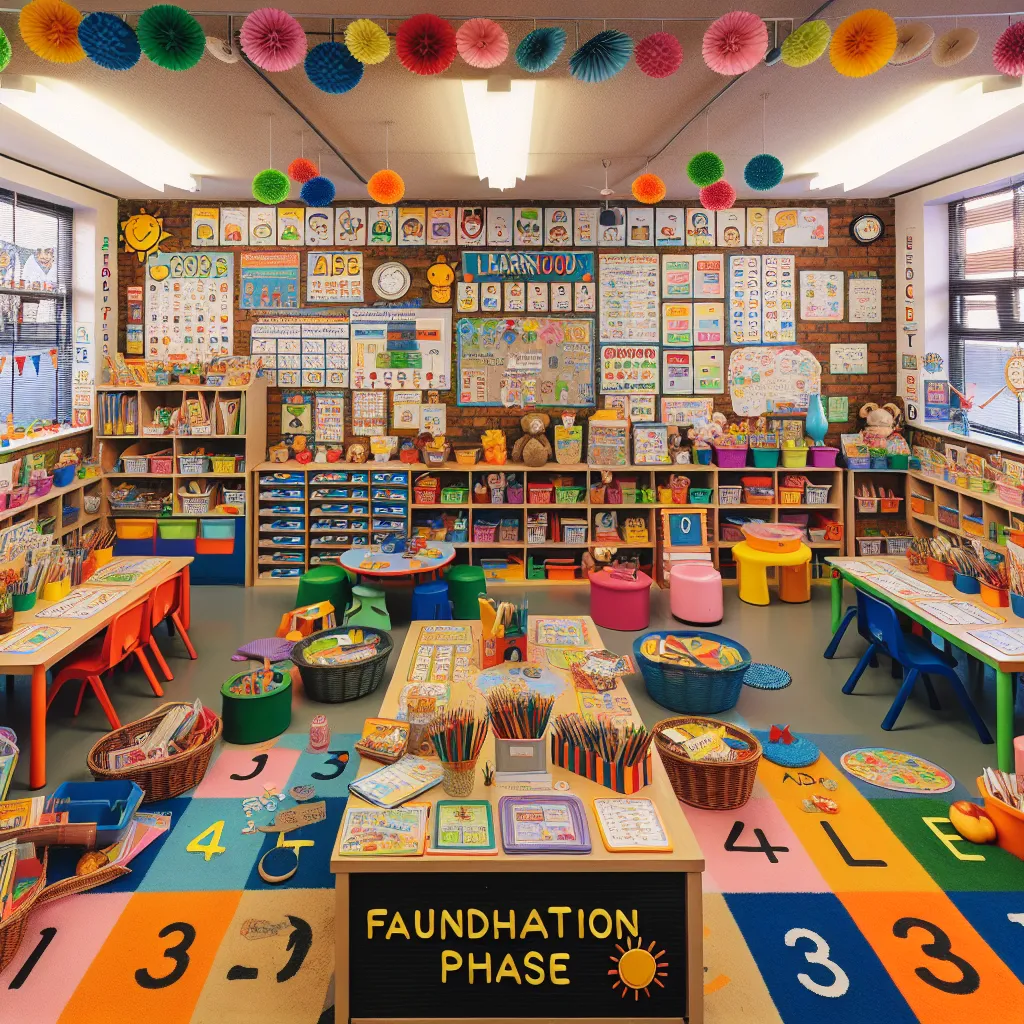 1. **Visual Stimuli for Language Learning**
2. **Print-Rich Classrooms for Language Mastery**
3. **Environmental Print in Reading Development**
4. **Parental Impact on Early Literacy Skills
1. **Visual Stimuli for Language Learning**
2. **Print-Rich Classrooms for Language Mastery**
3. **Environmental Print in Reading Development**
4. **Parental Impact on Early Literacy Skills
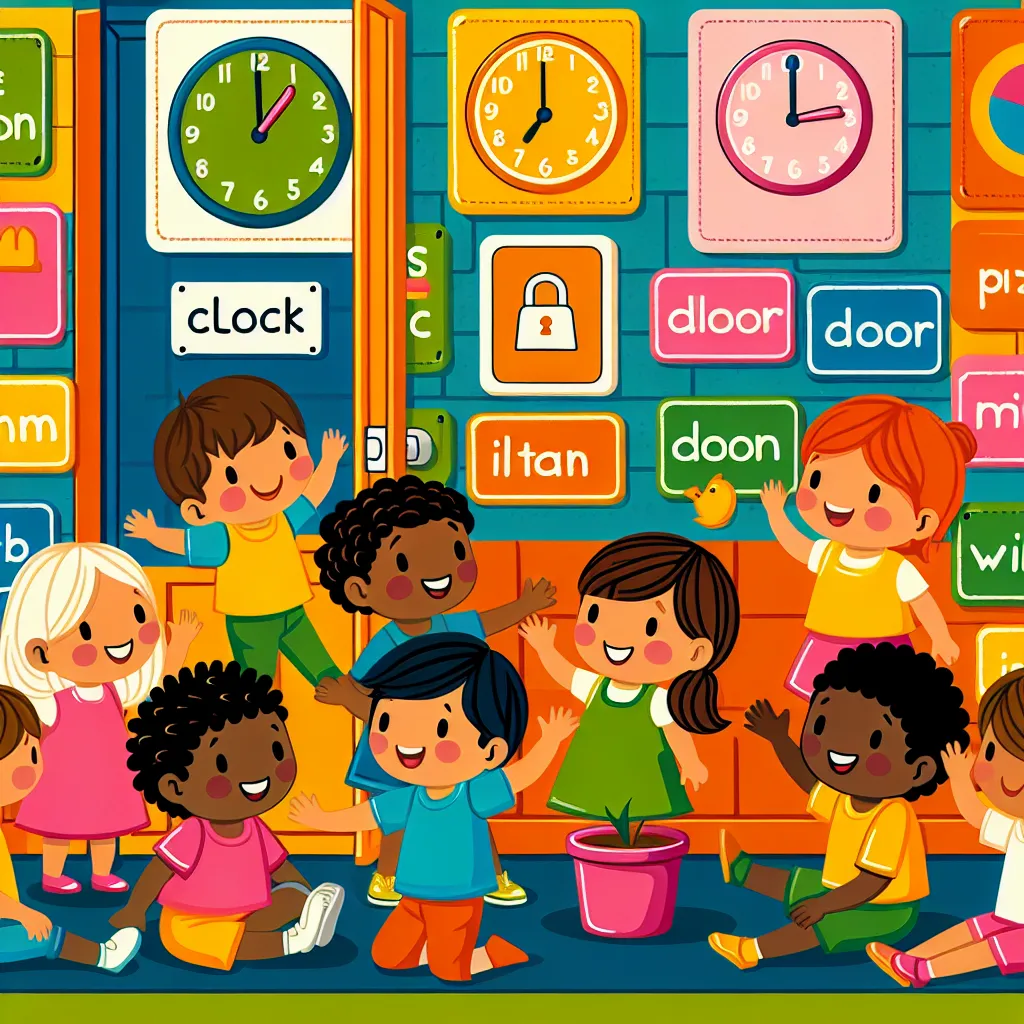 1. **Environmental Print in Emergent Reading**
2. **Early Literacy Indicators by Strickland et al**
3. **Comparing Storytelling and Story Reading**
4. **Effective Read-Aloud Strategies in Foundat
1. **Environmental Print in Emergent Reading**
2. **Early Literacy Indicators by Strickland et al**
3. **Comparing Storytelling and Story Reading**
4. **Effective Read-Aloud Strategies in Foundat
Question Tags
If you want your question answered by an AI, click here.
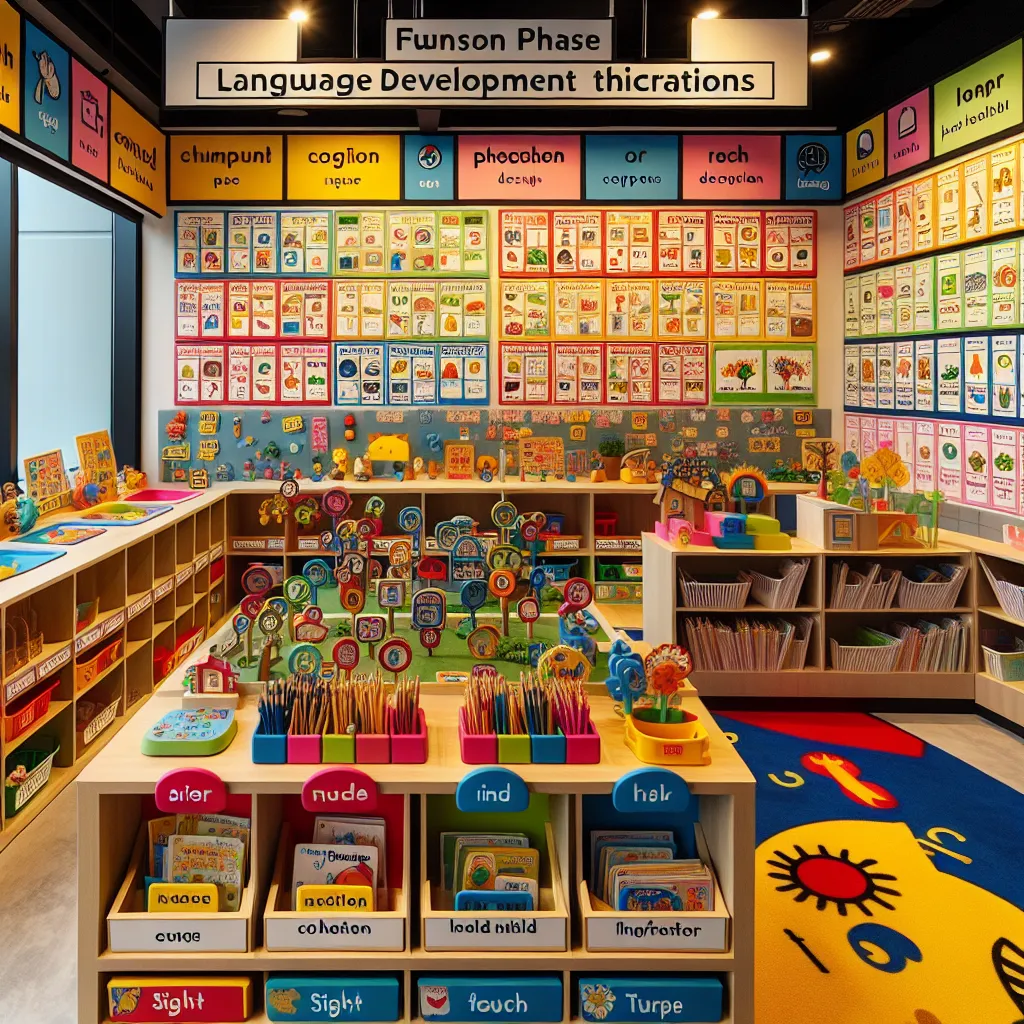
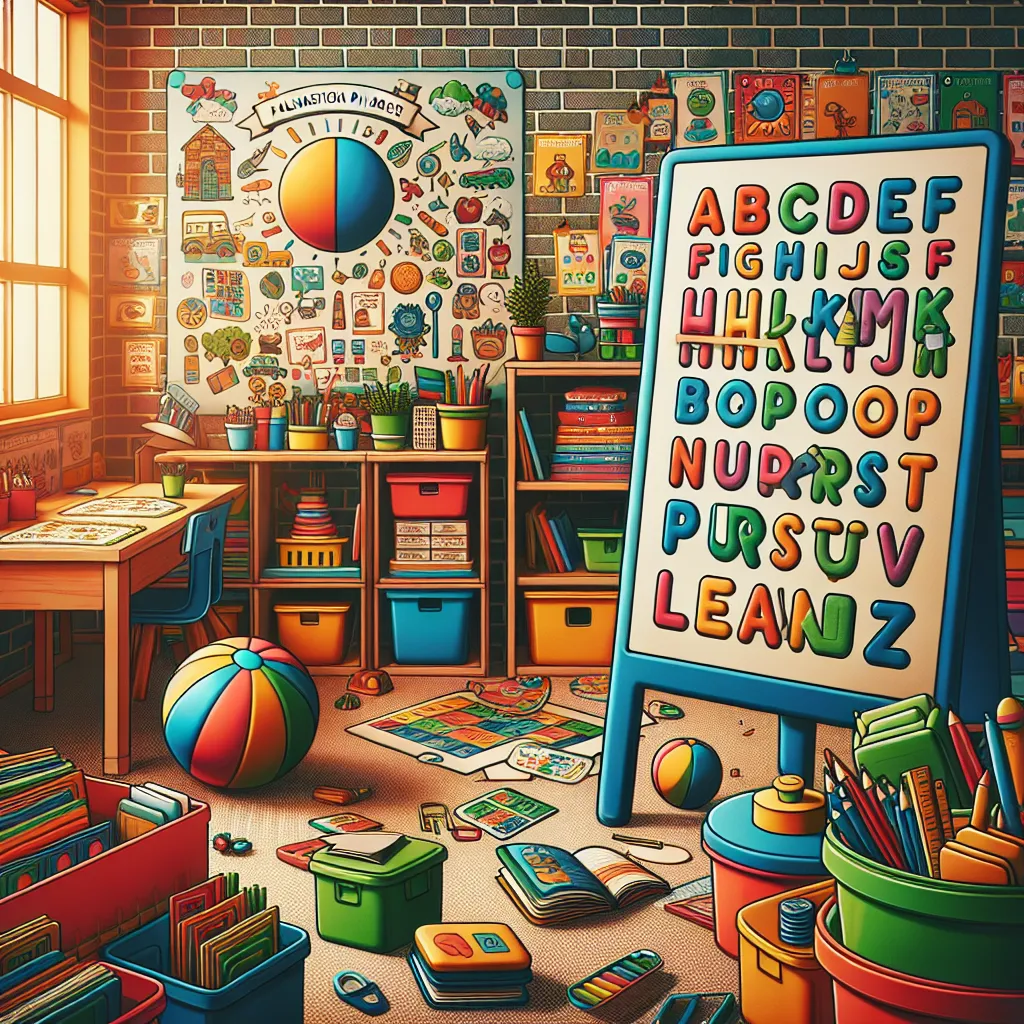
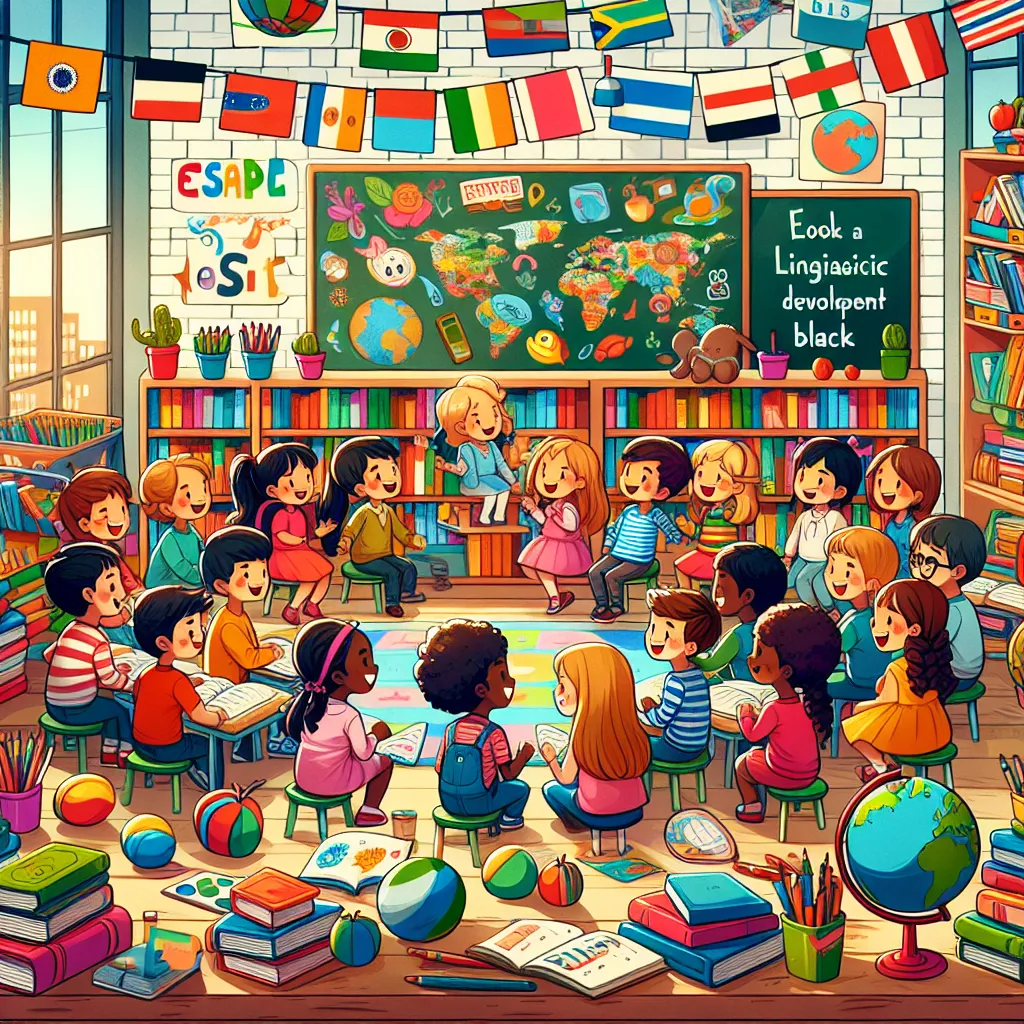

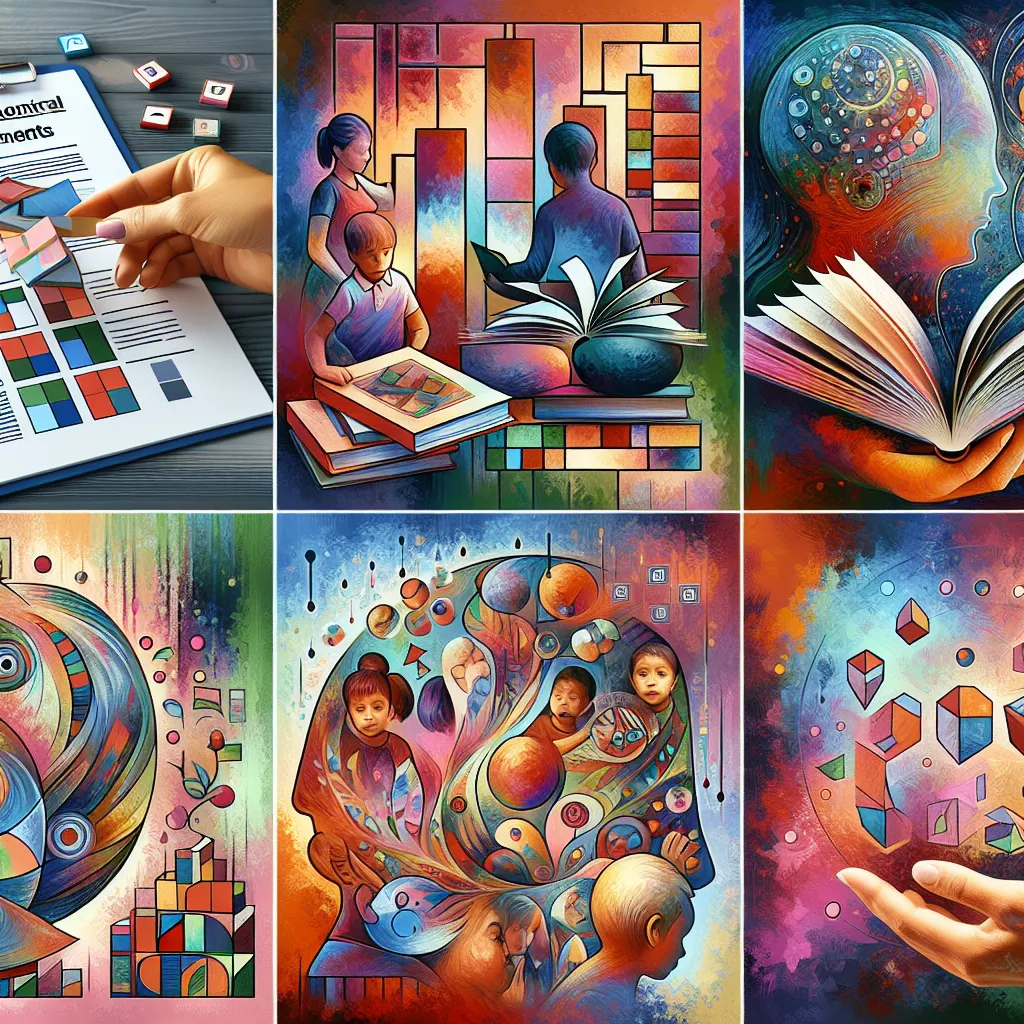
Post your own comment: